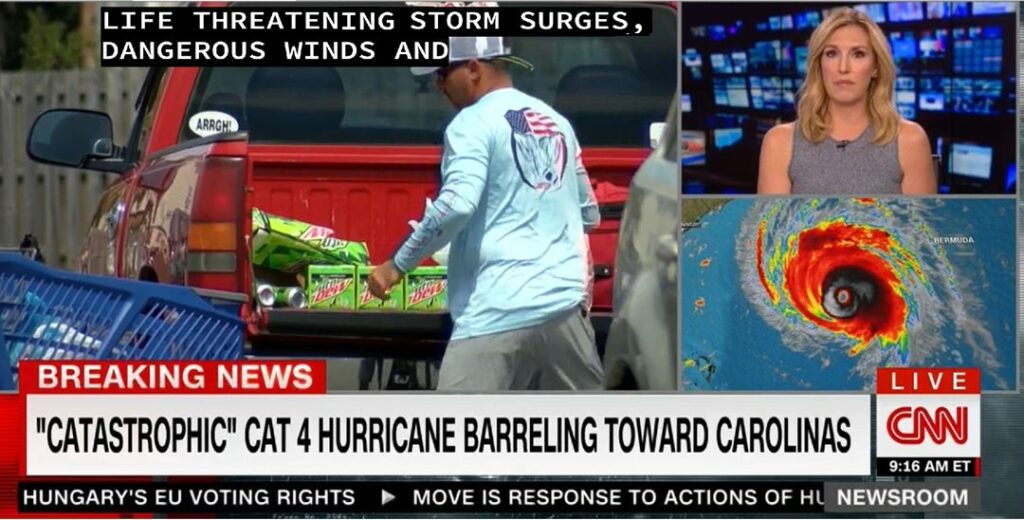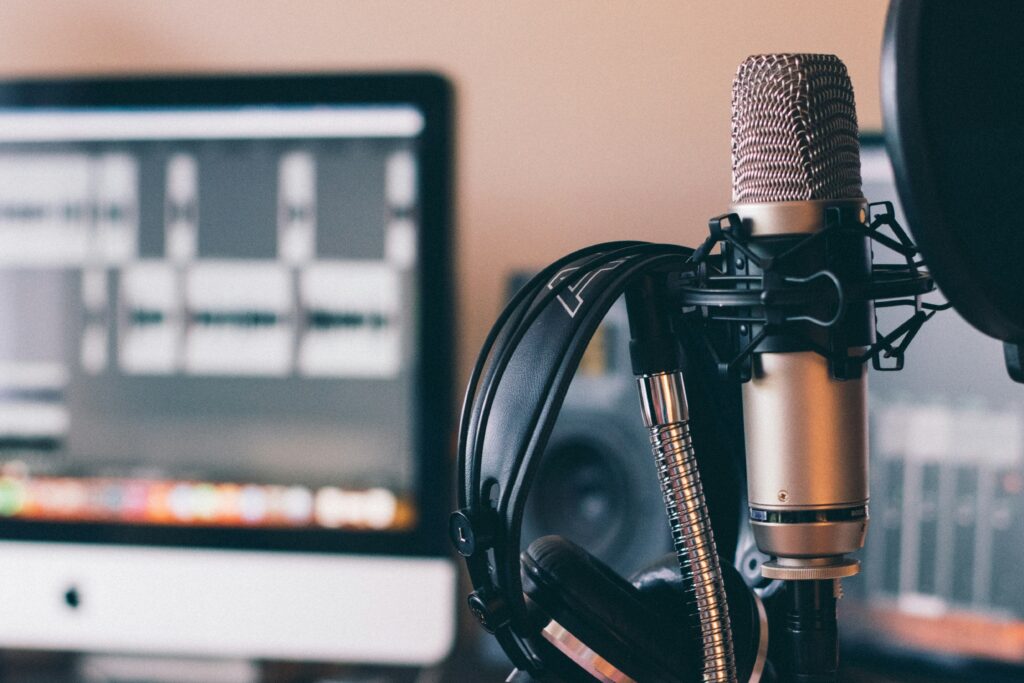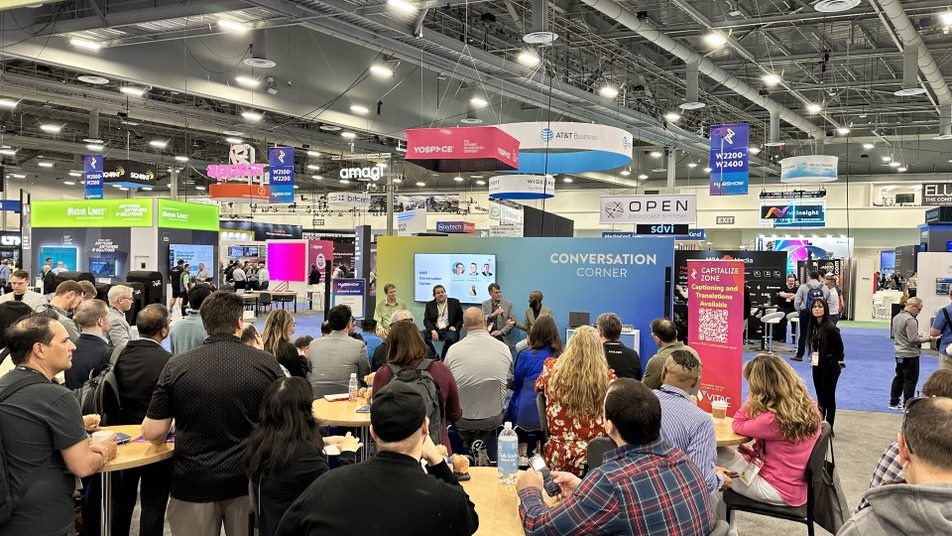A recent training exercise by New Jersey Transit highlighted the need for accessible communications in emergency situations, especially when it comes to the deaf and hard-of-hearing (DHOH) community.
The state public transportation system conducted an emergency drill where first responders rehearsed an active shooter scenario on a train that involved officers entering a train car and yelling commands to the assailants and passengers.
In an effort to make its emergency planning more inclusive, New Jersey Transit commendably invited members of the community with disabilities − including one volunteer who is deaf − to take part in the drill.
The volunteer, however, told authorities that she wasn’t able to understand critical safety information during the drill, that it was difficult to read lips during the scenario, and was left to her own devices to try to decide what to do or what safety officials were asking of her.
At the end of the day, the training exercise proved successful on many levels, including informing officials on how they can improve their communications and emergency responses and best serve all residents. It also underscored the critical need for accessible communications during times of crisis.
 Timely and accurate communication is crucial in all crisis situations. These same situations, however, bring an even more unique set of challenges for members of the DHOH community, specifically those who depend on captions for news updates and emergency broadcasts.
Timely and accurate communication is crucial in all crisis situations. These same situations, however, bring an even more unique set of challenges for members of the DHOH community, specifically those who depend on captions for news updates and emergency broadcasts.
Getting the right information as quickly as possible is of critical importance. This includes the need for high-quality, professionally delivered captions during television emergency broadcasts or professional sign language interpreting during emergency news conferences.
Federal Communications Commission (FCC) rules require broadcasters and cable operators to make local emergency information accessible to persons who are deaf or hard of hearing, and to persons who are blind or have visual disabilities.
Emergency information includes immediate weather situations (tornadoes, hurricanes, floods, tidal waves, earthquakes, heavy snows, widespread fires) and community situations such as widespread power failures, industrial explosions, civil disorders, or school closings.
For deaf and hard-of-hearing viewers, emergency information provided in the audio portion of programming must be provided either using closed captioning or other methods of visual presentation, such as on-screen crawls (text that advances slowly across the screen, like sports scores on ESPN or news updates on CNN). Video programming distributors must ensure that emergency information does not block any captioning, and vice versa.
It’s no exaggeration to say that lives can depend upon accessible communications – captions, interpreters, and other – when presenting realtime information during emergency situations.
VITAC, an industry leader in captioning services, has for more than three decades been dedicated to ensuring members of the DHOH community obtain the most accurate and timely captions. We have in place a series of emergency preparedness procedures and contingency plans to provide 24/7 captioning coverage during any emergency or natural disaster.
We put client service first, and stand ready to work closely with all of our partners to ensure that their broadcasts can be served even in the most extreme situations. We’re committed to taking the steps necessary to assure the DHOH community that essential lifesaving information is available to them at all times.




